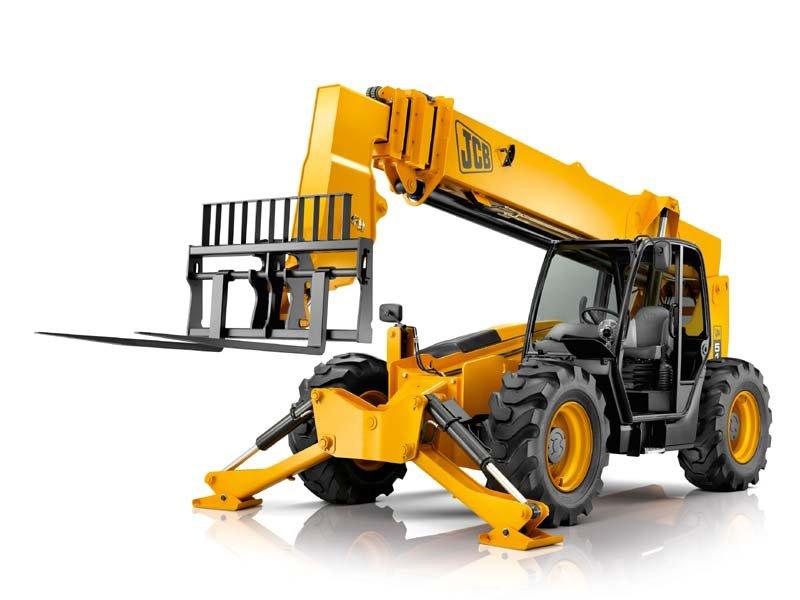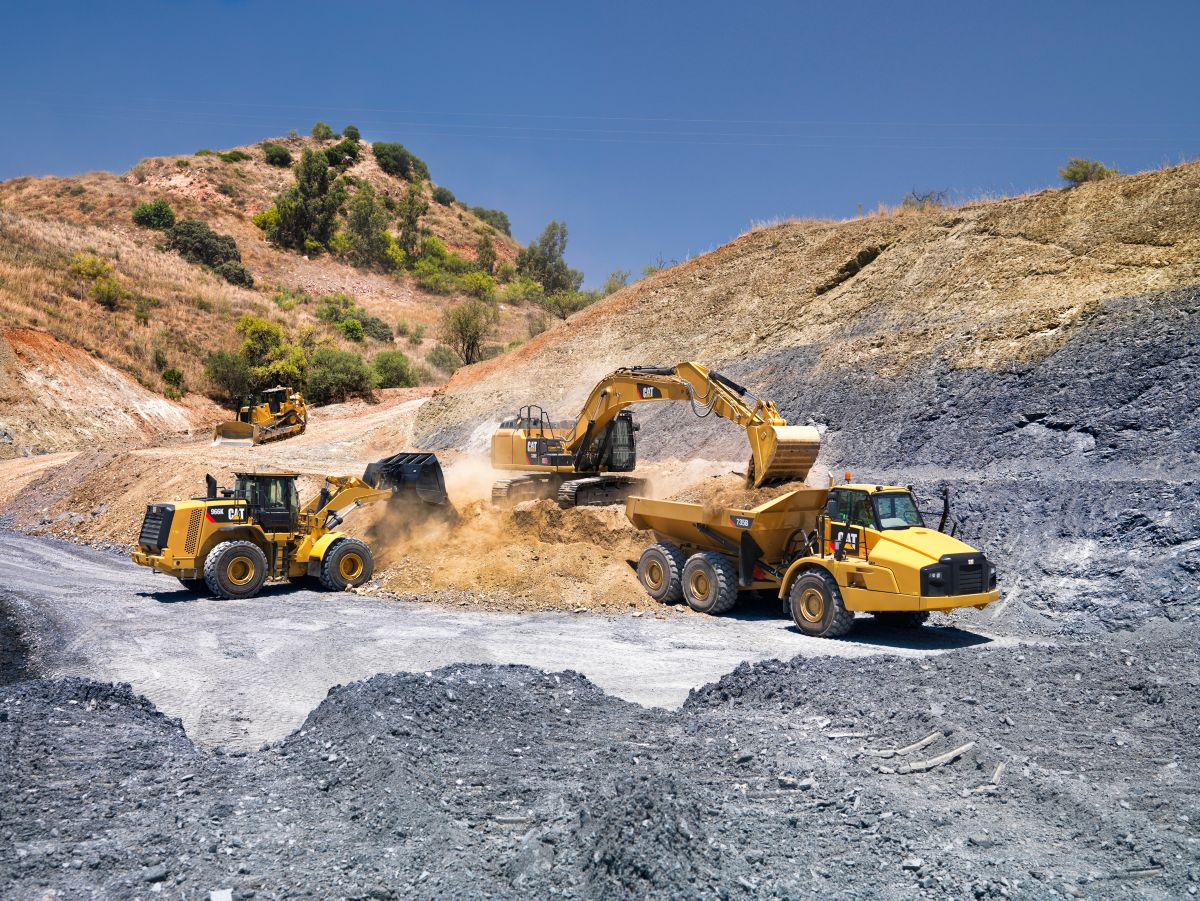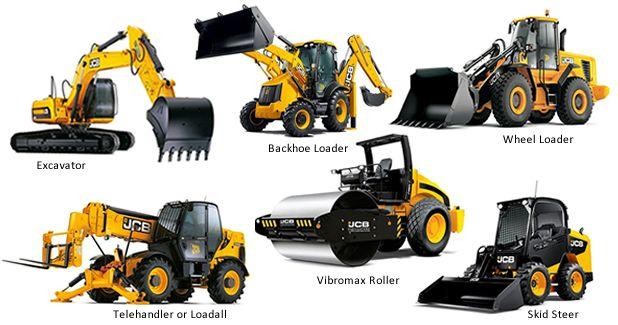Maximize Your Budget by Recognizing the Expenses Connected With Building Equipment Rentals
Comprehending the complete scope of prices associated with building and construction devices services is critical for optimizing your budget. What methods can be used to successfully handle these costs and make certain a more efficient rental experience?
Overview of Rental Costs
When taking into consideration construction devices services, recognizing the associated costs is critical for effective budgeting and job planning. Rental costs can vary significantly based upon numerous factors, consisting of tools type, period of rental, and area. The first rental fee often shows the devices's market need and its linked functional capabilities, affecting the general expense.
In enhancement to the base rental rate, secondary costs may emerge, such as transportation costs, fuel additional charges, and maintenance costs. It is important to account for these added costs to accurately assess the complete expense of renting out equipment. Moreover, the rental duration can affect rates; longer services may get approved for affordable rates, while short-term leasings could incur higher day-to-day costs.

Failure of Rental Prices
An extensive understanding of rental rates is vital for specialists and task supervisors intending to enhance their spending plans. Rental rates for building and construction tools normally are composed of numerous parts, consisting of base prices, time-based costs, and use charges.
Base prices are the core fees linked with the rental of the devices, typically figured out by the kind and dimension of the machinery. These rates can vary dramatically, affected by variables such as equipment demand, schedule, and regional market trends. Time-based costs, which might be daily, weekly, or monthly, serve to accommodate different job timelines and rental periods.
Furthermore, rental rates might consist of usage fees, which apply when equipment is used beyond a defined limit, guaranteeing that the rental company can account for deterioration. Seasonal demand changes can also affect rental prices, with peak building and construction seasons commonly regulating higher rates.
Additionally, comprehending the rental company's plans relating to maintenance and insurance can provide more insight into the total price framework. By assessing these elements, professionals can make informed choices, guaranteeing the choice of rental devices aligns with both task requirements and spending plan restrictions.
Additional Charges to Consider
Recognizing the details of added costs is essential for service providers to manage their overall leasing expenditures effectively. Beyond the common rental prices, numerous auxiliary costs can significantly impact the total cost of equipment rental. These fees frequently include shipment and pickup fees, which can vary based on distance and logistics associated with delivering the tools to and from the work website.
In addition, some rental firms might impose gas additional charges if the tools is returned with much less gas than when rented out. It is also vital to know possible cleansing charges, specifically for customized equipment that needs detailed upkeep after usage.

Completely evaluating the rental agreement and making clear these extra fees ahead of time can aid service providers stay clear of unanticipated prices and make sure that spending plans stay intact throughout the task lifecycle.
Repair And Maintenance Expenditures
Regular maintenance and fixing expenditures are usually forgotten elements that can considerably influence the overall price of building and construction devices leasings. When leasing equipment, it is essential to consider not just the rental fees but also the prospective costs connected with keeping the equipment in ideal operating condition.
Lots of rental firms include fundamental maintenance as part of the rental arrangement; nonetheless, much more comprehensive repairs or unexpected failures can result in extra expenditures. It's necessary to examine the rental agreement carefully to comprehend what upkeep solutions are covered and what obligations fall on the renter.
In addition, tools that is not well-kept can lead to ineffectiveness on duty site, potentially creating delays and increasing job costs. To minimize these dangers, it is a good idea to carry out regular evaluations and maintain open interaction with the rental service provider pertaining to any issues that emerge throughout use.
Insurance and Responsibility Costs
Insurance coverage and liability expenses are crucial parts that can dramatically impact the total expense of building and construction tools leasings (forklift rental). These costs guarantee that both the rental company and the customer are protected from possible financial losses arising from mishaps, damages, or theft throughout the rental period

In addition, clients should know any deductibles or exclusions in the insurance plan, as these can influence potential out-of-pocket expenses. Comprehending the terms and conditions of any insurance policy coverage is important to prevent unexpected prices. Inevitably, budgeting for insurance and obligation expenditures can aid ensure a smoother rental experience and shield versus monetary threats connected with construction jobs.
Verdict
Finally, a detailed understanding of the prices related to building equipment services is essential for efficient spending plan management. By evaluating rental rates, extra costs, maintenance expenses, and insurance coverage needs, companies and people can reduce unanticipated expenses. This critical method not only improves cost-effectiveness however also ensures that jobs progress smoothly and successfully. Ultimately, educated decision-making relating to equipment services contributes to the overall success of building undertakings.
Rental prices can differ substantially based on numerous elements, including tools kind, period of leasing, and location (boom lift rental). The rental period can impact prices; longer rentals may certify for reduced prices, while temporary rentals could incur higher day-to-day costs
By conducting detailed research and engaging with trustworthy rental business, professionals can effectively browse the complexities of rental prices, inevitably maximizing their monetary sources.
Past the basic rental rates, numerous supplemental costs can dramatically affect the total expense of devices leasing. Rental business typically provide obligation insurance coverage that covers injuries to 3rd events or damage to building, while equipment damages insurance coverage can cover the cost of repairs or substitute if the leased equipment is harmed.